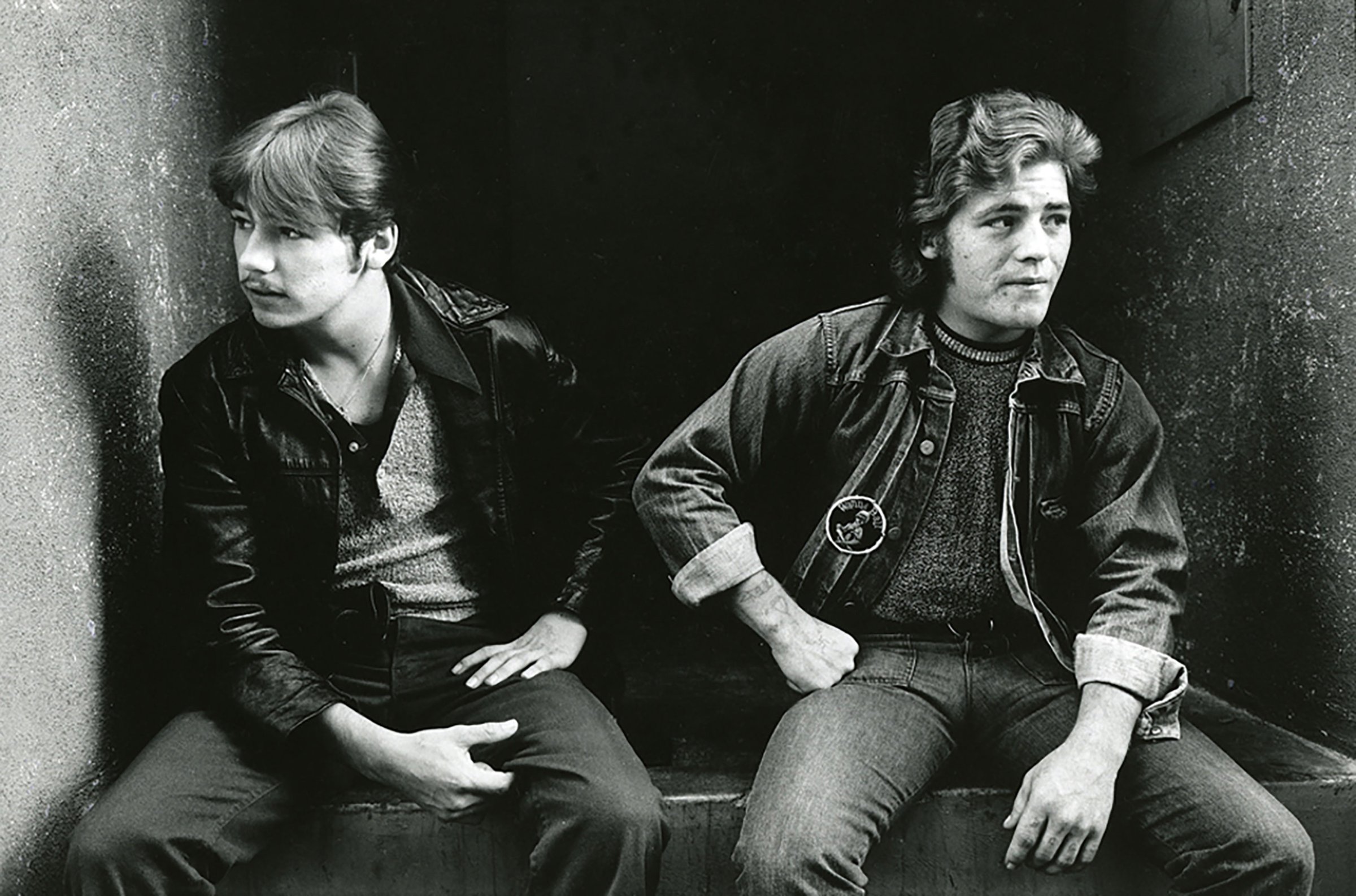
“I was 19, vulnerable, young and putting my own identity together,” says photographer Anthony Friedkin when reflecting on his first project, The Gay Essay, which documents gay culture in Los Angeles and San Francisco between 1969-1972. What started, as a self-assigned project for a young photographer growing up in Hollywood has now become one of the most authentic portraits of gay life in America from this period.
In 1969, the same year as the Stonewall riots in New York City, a gay cultural revolution was growing in America. At the time, most depictions of gay men and women in mainstream media were found in salacious newspaper and tabloid articles, all of them reported from a murky distance. LIFE’s two-part series Homosexuality in America from 1964, featured dark and shadowy photographs by Bill Eppridge. They capture a dark tension and fear that Friedkin’s work moves past with a tender intimacy.

While growing up in Hollywood, Freidkin’s parents worked in the film industry and had close friends that led full openly gay lives. He saw that world as a “refuge” and a place where gays were “allowed to be themselves” more than in any other place.
But The Gay Essay really began while he explored the Los Angeles Gay Community Services Center where he met Morris Kight and Don Kilhefner, two men who ran the programs there and founded the Gay Liberation Front in Los Angeles in 1969 where they mobilized the community against the LAPD’s harassment of homosexuals. They acted as Freidkin’s guides. “They just helped me all around,” he recalls. “They especially helped me in learning how to listen, and really allowing people’s energy to come to me and through the lens of my camera.”
For Friedkin, the goal was to move past many stereotypes and deepen the representation of gay individuals of all types. “It was more about my desire to create a great set of pictures with a heartfelt determination to honor gay people, respect them and their freedom,” he says. “In The Gay Essay I wanted to celebrate the gays that were living openly,” especially at a time, in the early days of the gay movement, following the Stonewall riots. “It upset me tremendously to see the ways gays were being treated,” he adds. “I had friends that got beat up in bars. I was furious about it. Even now, when I look through the book, it gets very emotional for me.”
All along, Friedkin worked slowly, closely documenting hustlers, teens at Trouper’s Hall, drag performers and the first parades in West Hollywood. He also recorded the violence of vice cops at the time. “I was kind of like a racehorse with blinders on and a Leica around my neck,” he says. “I was just going to do this for me as the way I wanted to do it. In a way I think it was probably good that I had a certain innocence in that way that I didn’t overly academically try to predetermine what it was I might do, or why I should do it. I just wanted to go out and become part of it, and be it. I really, really wanted to come out on the other side of this with a very admirable, important set of photographs.”
As a photographer making work since the age of eight, he admired Henri Cartier-Bresson and developed exercises to try and capture what Cartier-Bresson termed as the “decisive moment”. “I used to pack my ears with wax and cotton and all kinds of stuff so I would go deaf. I would do that so I could just look at the world that was changing and moving around me in the sense of the ‘decisive moment’ and just look for moments amongst people, places, things, light that would strike me strong enough to want to make a photograph of it.” He was drawn to the work of many photographers documenting the social landscape of the 1960s with humanistic intent for change. “I was educated to the worlds of W. Eugene Smith, Robert Frank, Bruce Davidson and Danny Lyon,” he says. “I think by really committing yourself to something and really trying to understand it deeply, than the photographs themselves become more intimate and have more depth to them.”

It took many years for his photographs to be seen. “When I first did this, a lot of the American publications wouldn’t go near it,” he says. “They were afraid they’d lose their advertisers, because of the idea of showing two men kissing each other and showing intimacy toward each other. It was just mind-blowing to them. They were so afraid.”
In 2014, The Gay Essay was first shown in its entirety at the De Young Museum in San Francisco and was published as a book by the Fine Arts Museum of San Francisco and Yale University Press.
At a time of when photography’s ability to affect social change is in question, Friedkin’s work shows that taking the slow route and connecting with subjects will usually make the most lasting impression, even 40 years later. Today, as he looks back on his life’s work, Freidkin feels proud. “Everything I love about photography is in the gay essay: the sense of the event, capturing the soul of the people, the journey, the process, the unknowns,” he says. “And then really making sense out of it and putting it together, it gives me great strength actually.”
Anthony Friedkin‘s The Gay Essay is on view at Daniel Cooney Fine Art in New York City until March 4.
Paul Moakley is the Deputy Director of Photography and Visual Enterprise at TIME. Follow him on Twitter.

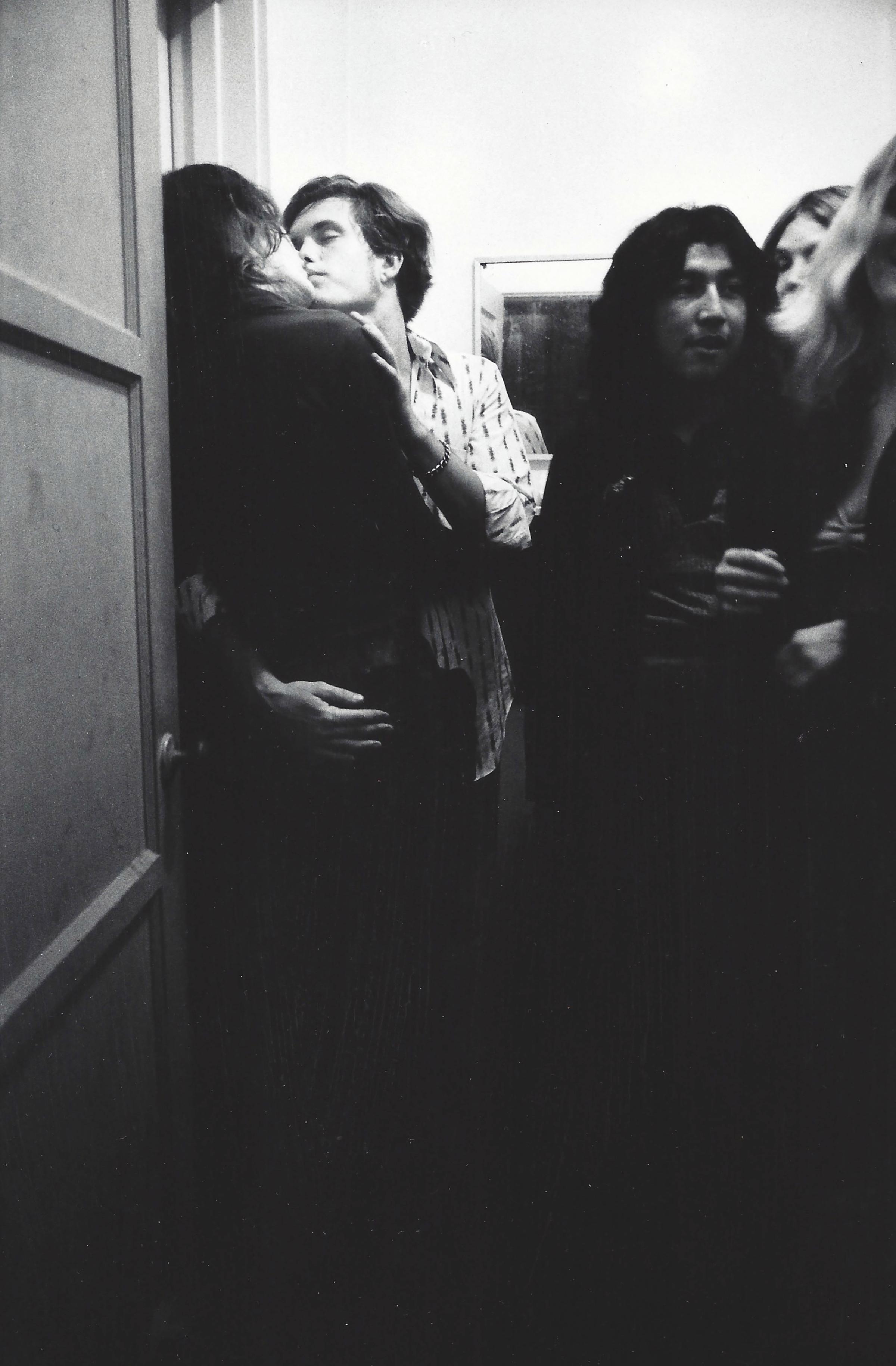

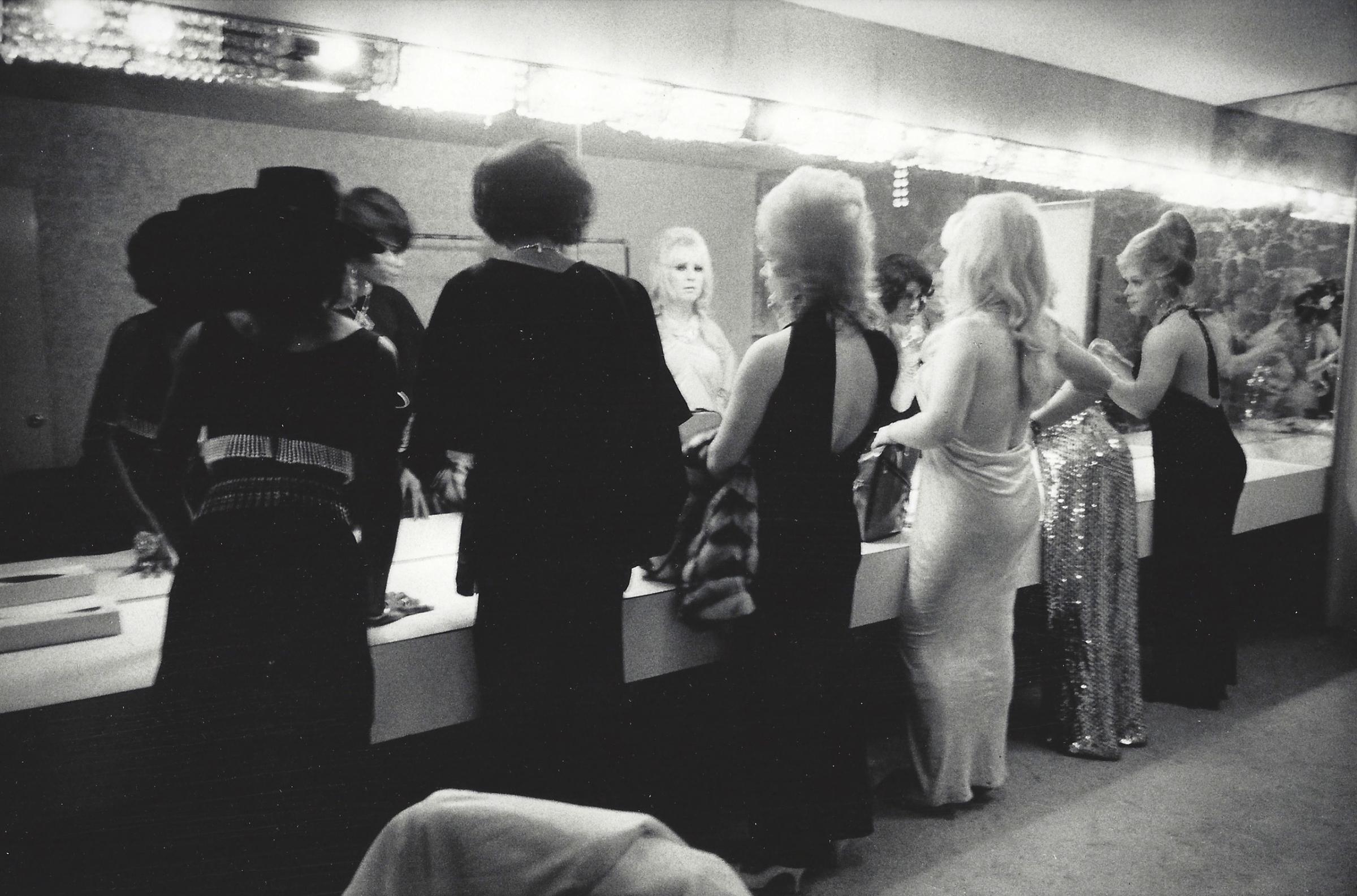

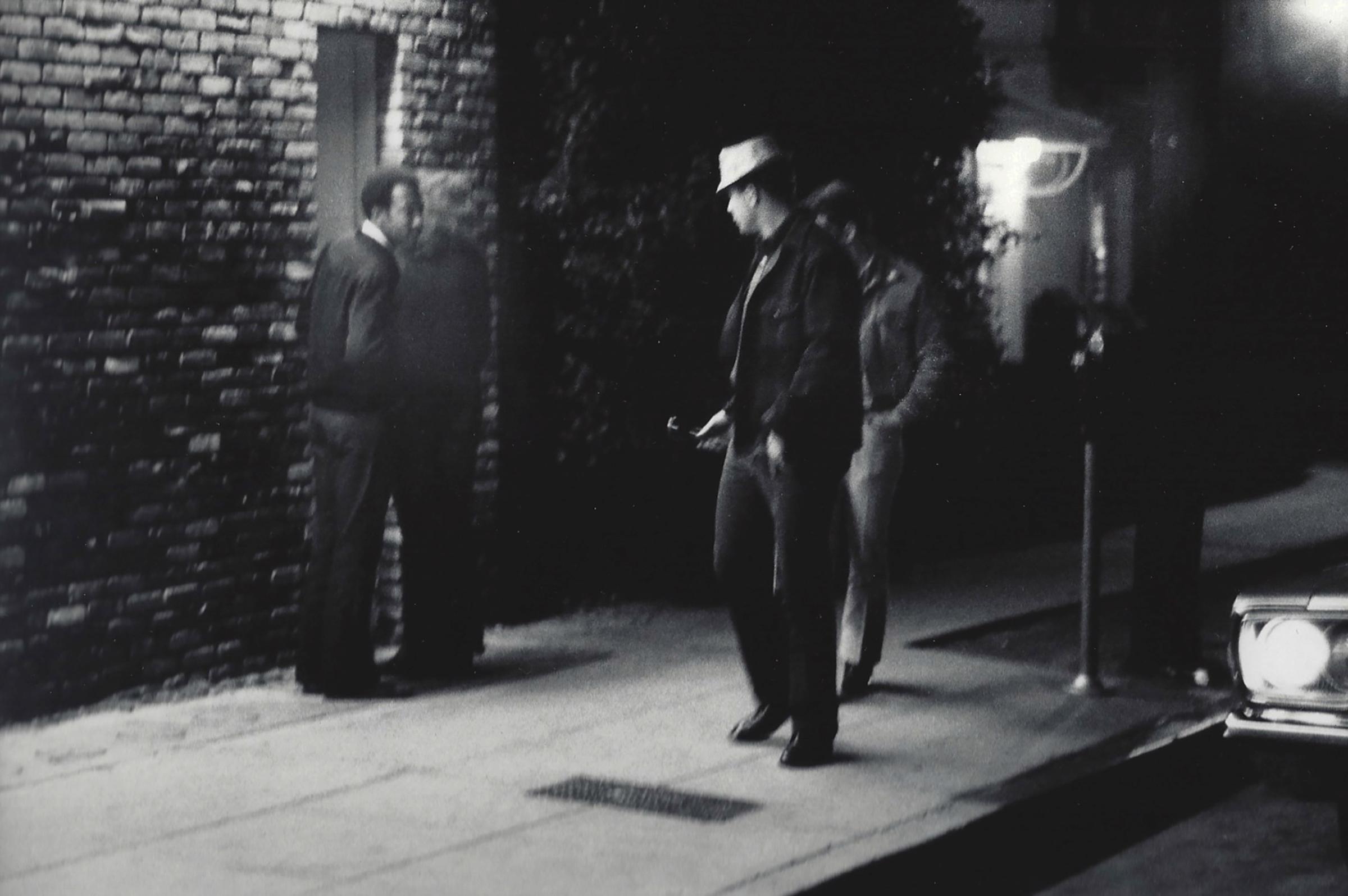
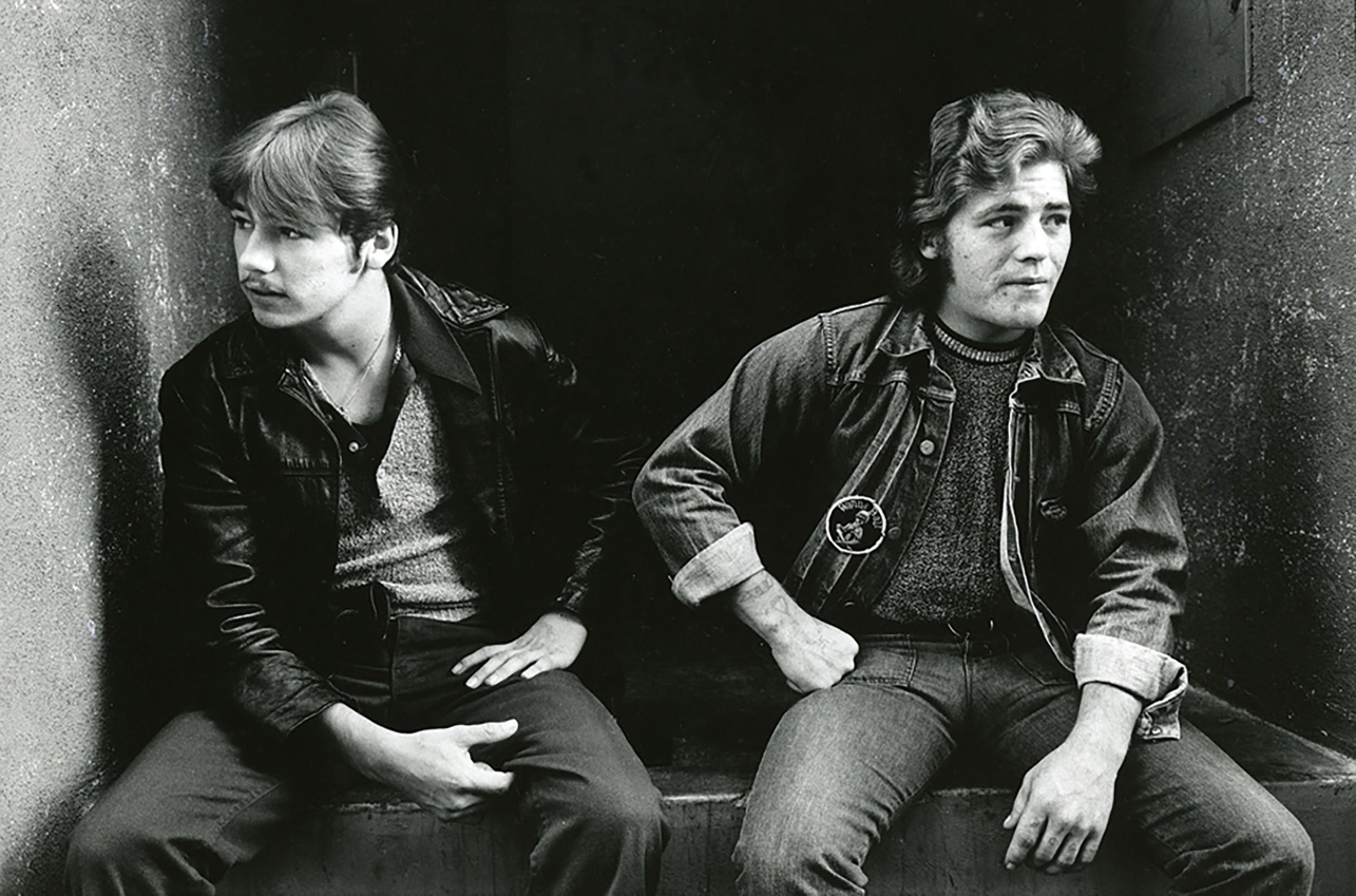
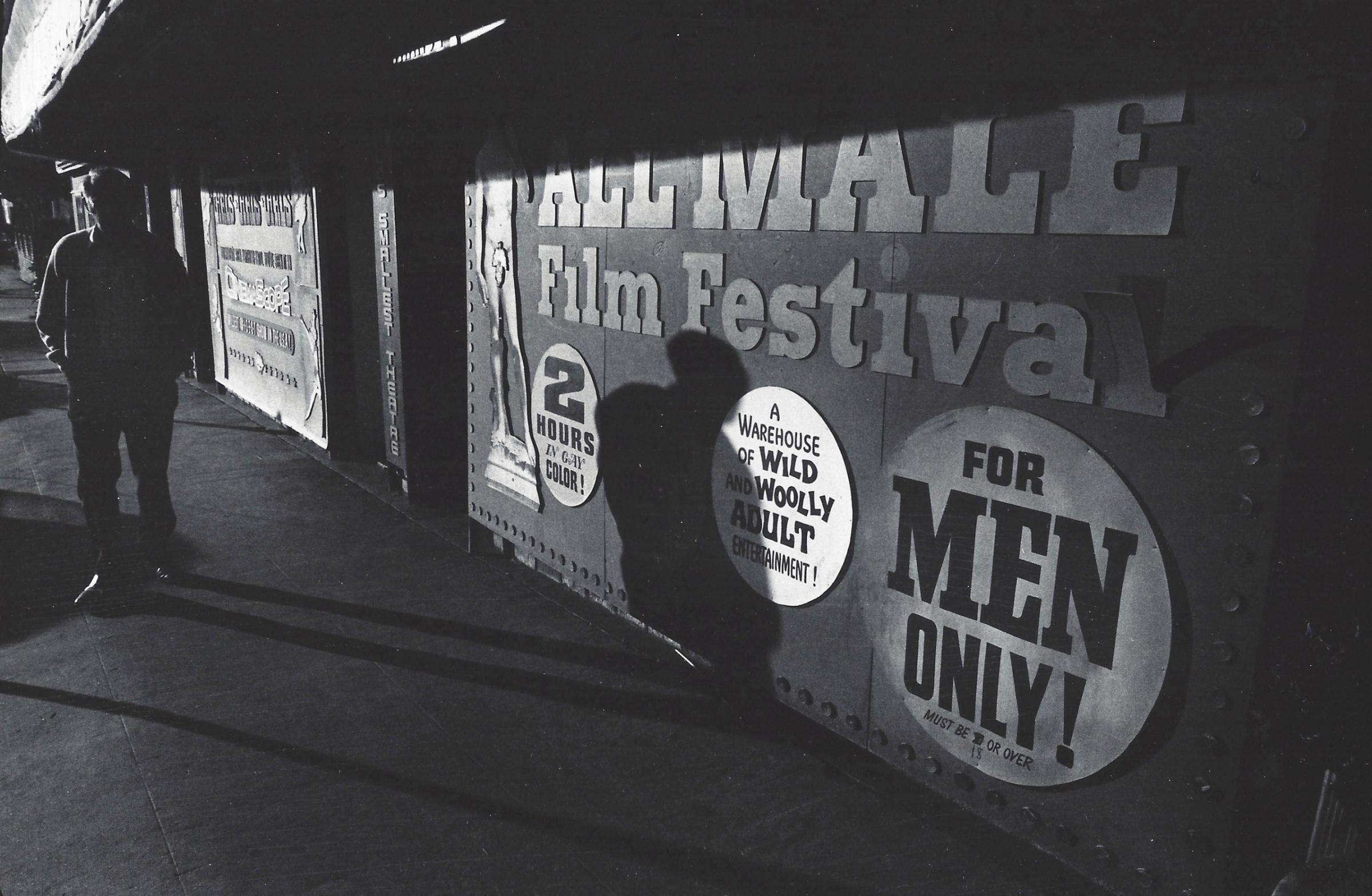
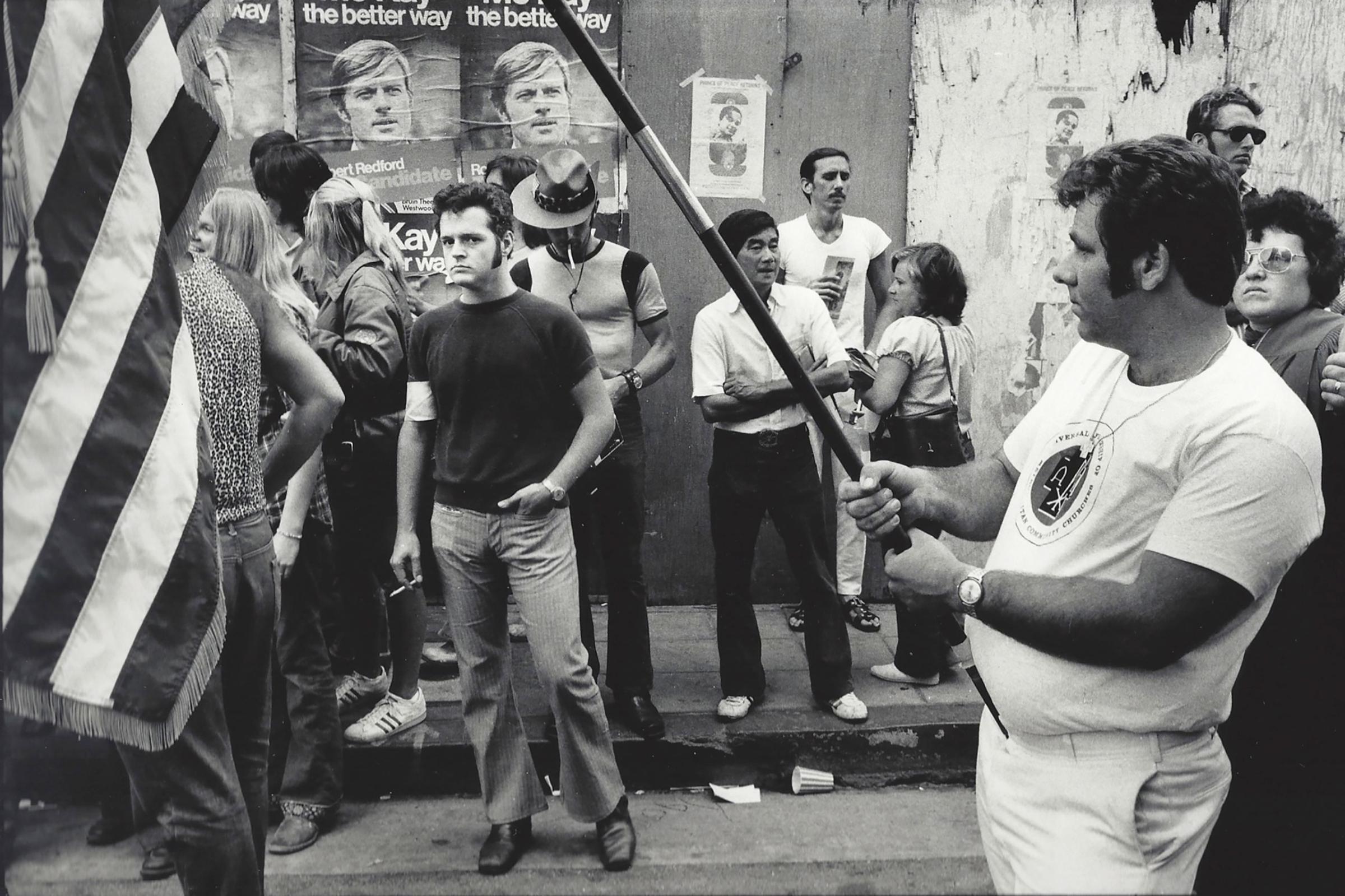

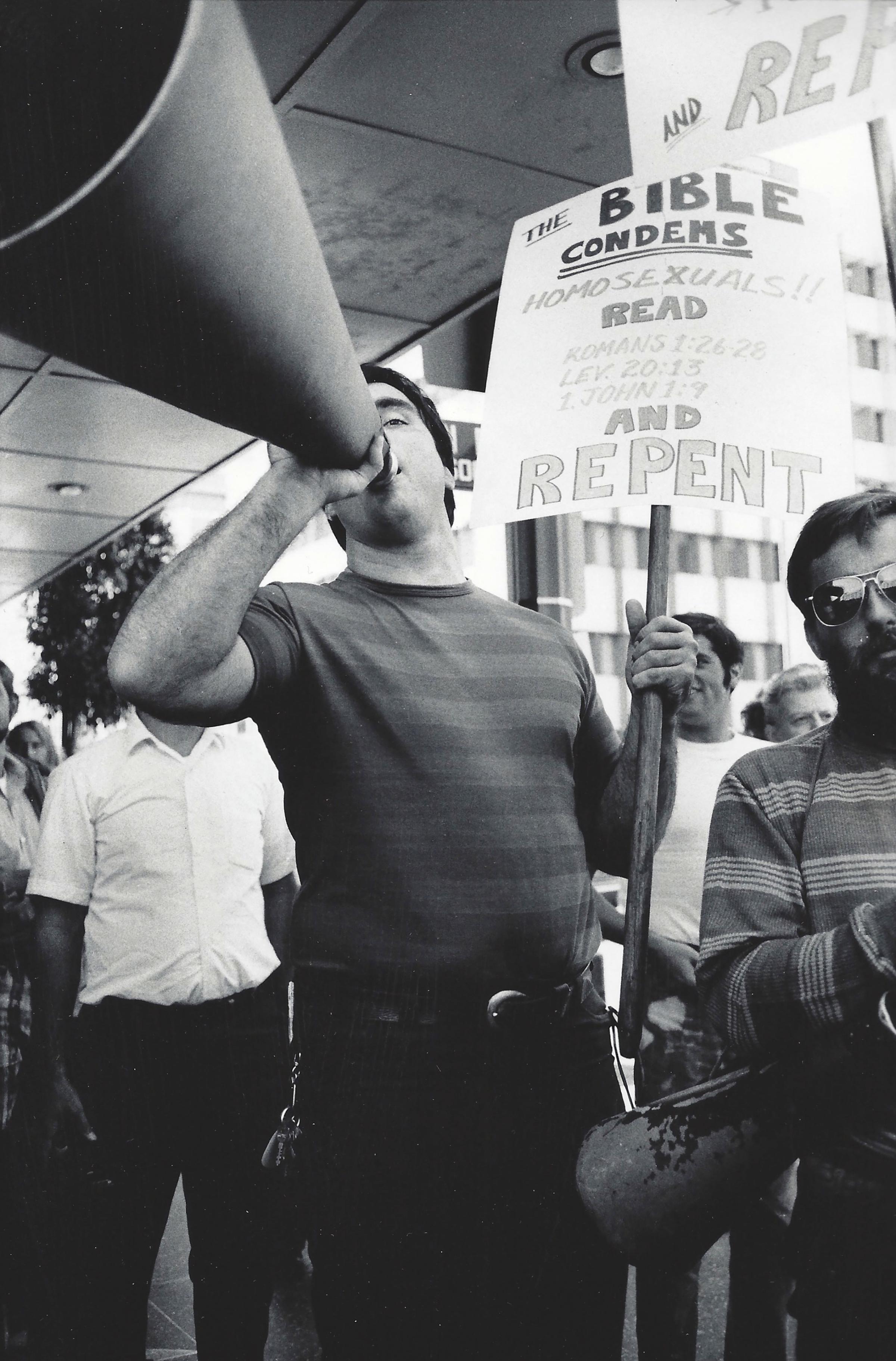


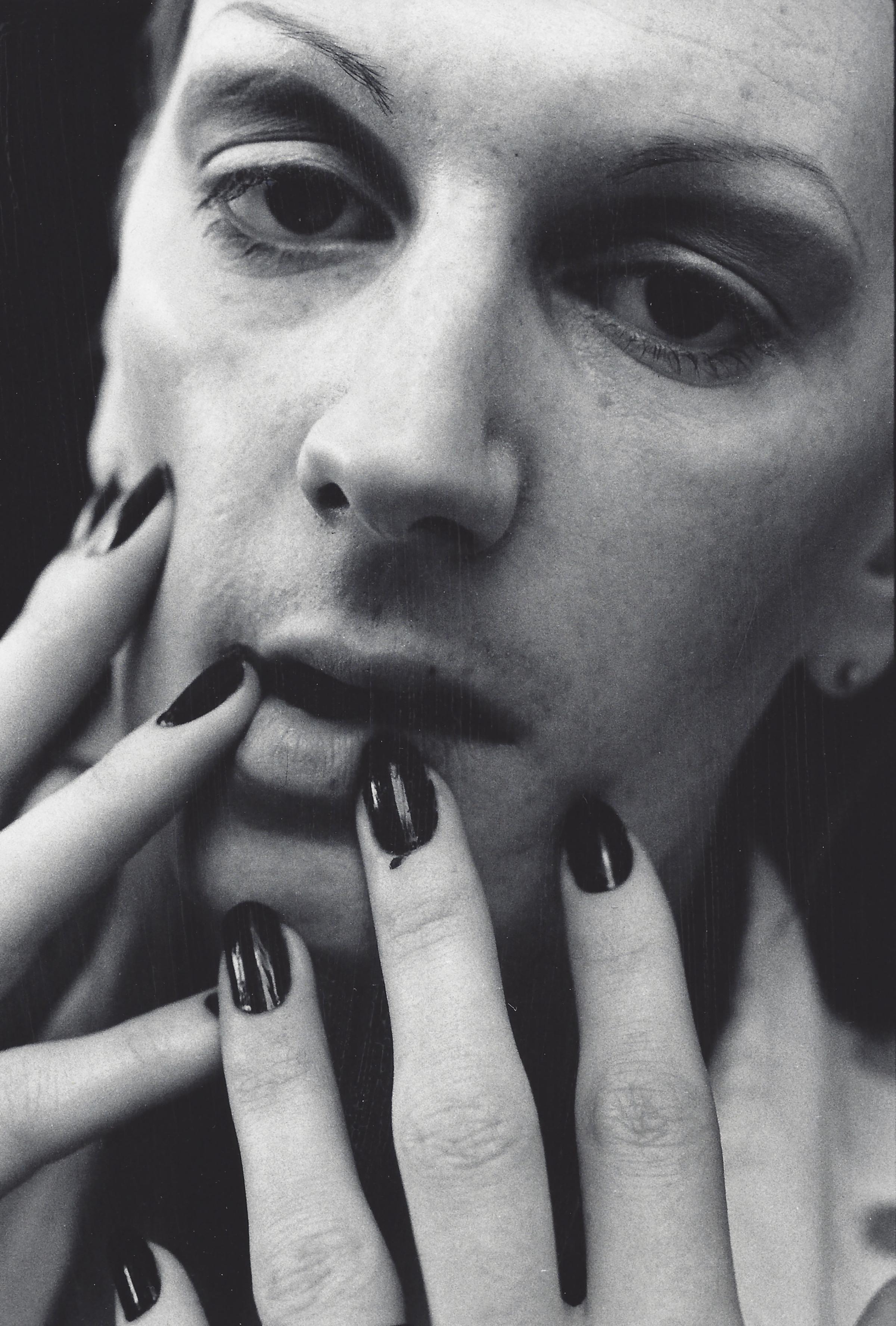

More Must-Reads from TIME
- Where Trump 2.0 Will Differ From 1.0
- How Elon Musk Became a Kingmaker
- The Power—And Limits—of Peer Support
- The 100 Must-Read Books of 2024
- Column: If Optimism Feels Ridiculous Now, Try Hope
- The Future of Climate Action Is Trade Policy
- FX’s Say Nothing Is the Must-Watch Political Thriller of 2024
- Merle Bombardieri Is Helping People Make the Baby Decision
Contact us at letters@time.com